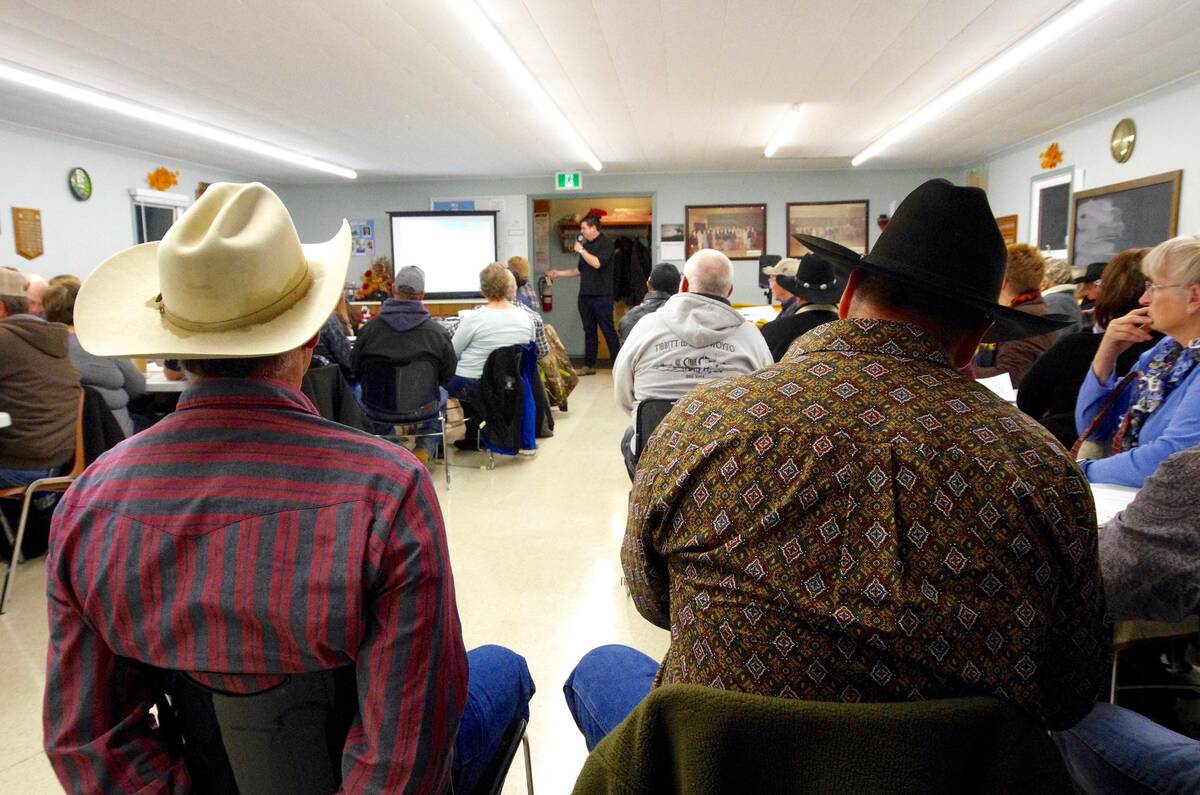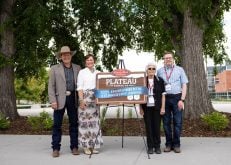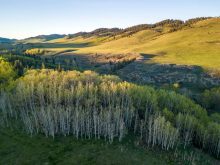A researcher at Lakeland College says he wanted to investigate using forage blends in winter swath grazing systems to ease producer hesitancy.
Obioha Durunna, who is now in the third year of the study, says he was also prompted by the limited information available on backgrounding weaned calves in such systems.
Durunna says producers are reluctant to adopt forage blends because most of them haven’t tried them and there’s a lack of information about whether the practice is valuable.
Read Also

Don’t blow off that beef producer meeting
Local veterinarians and livestock experts often speak at producer events, sharing good advice for farmers on vaccines, calving, herd management and more.
“Some producers are a bit hesitant to use it, especially for winter swath grazing, not sure what will really suffice their needs during the winter,” Durunna says in an interview.
Preliminary results from two years of the study show there was no significant change in average daily gain between the two systems — one, a monoculture of oats, the other a forage blend of turnips, rapeseed, oats and forage peas.
More preliminary results showed that the overall feed quality of the forage blend was better than the oats.
Researchers collected biomass samples from the soft dough and hard dough stages to evaluate quality, but swathing is done at the hard dough stage.
From there, the animals start grazing the swaths at the beginning of November, and they finish at the end of January.
The study used six paddocks where cattle were swath grazed on two different forage systems.
“One component of this is really getting some objective information on animal performance,” Durunna says.
The researchers are also looking at soil health by comparing the two forage systems.
Durunna says before the study started, soil cores were taken from specific GPS points and samples will be taken again at the end of the third year.
Core samples will enable the researchers “to see if there is any difference in terms of soil characteristics and changes that can help differentiate the monoculture versus the poly crops,” Durunna says.
In the first year of the study, from 2021-22, seven steers were placed per paddock, but in the second year there were 10, and this year nine steers. He says they match the animal numbers to the forage yield to target a 90-day grazing period.
Another aspect of the study is virtual fencing.
“We want to see if we could deploy that technology to use it to move the animals, especially if you have a knee-deep snow,” Durunna says.
The virtual fence is the brand NoFence from Norway. It consists of a mobile app and the collars that the cattle wear.
“We saw really good numbers in terms of the charge retention of the NoFence collars,” he says. “So that gave us the assurance that these units can really work in Alberta winter. So it’s repeated this year, we’ll now reinforce that and then whether we could use it to move animals.”
Durunna and the other researchers are in the final year of the study. They will then compile the data. However, producers have asked about the study continuing with cow-calf pairs instead of steers, which is the next phase of the research.
“The next three years, we’ll look at cow-calf pairs, and then see which system would reduce mineral consumption. And we plan to deploy some automatic feeding systems that will measure mineral intake from the cow-calf pairs.”
– Melissa Jeffers-Bezan is a field editor with Canadian Cattlemen.















